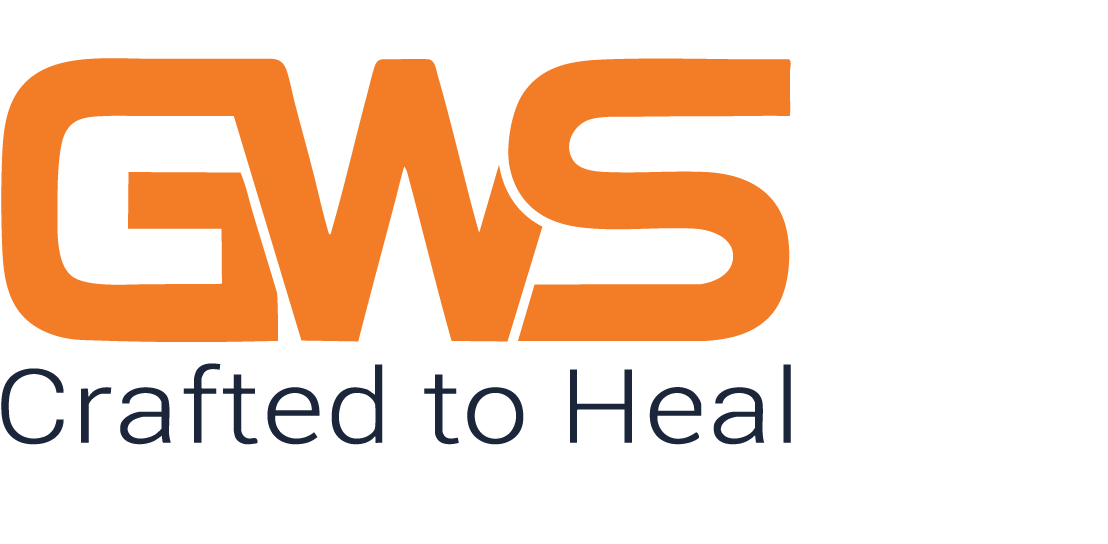
How to pick the best anesthesia products and equipment for your practice
Training to have local anesthesia may be a daunting process for both students and doctors, who can lose faith in their abilities to provide patients with it. The lost trust will prevent local anesthesia in therapy preparation, leading to fewer chances for practice and technique refinement. An infinite chain of ill effects can evolve.
Local requirements, especially if reliable supplies of compressed oxygen and electricity are usable, must be considered in the design of anesthesia equipment for use in hospitals in the developed world. Methods can guarantee that repair is locally feasible. International guidelines should promote the introduction of adequate instruments to ensure safe anesthesia for patients worldwide.
What kind of equipment for anesthesia do you need?
The most straightforward approach to this issue is to ask yourself, "Do I need a ventilator for anesthesia?" "For any operations involving general anesthesia where the patient needs more profound sedation, ventilators are required. You'll need an advanced anesthesia system if your hospital does these kinds of procedures. Many anesthesia plastic products manufacturers provide them.
Integrated Systems
With heavy surgical schedules, anesthesia systems are equipped for full operating rooms. Integrated units typically provide volume and pressure control ventilation, as well as other specialized modes. Usually, they also have three vaporizer chambers, automated tracking, control of gas supply, and are compliant with electronic data systems.
The Portable Units
A tabletop or compact anesthesia system is a decent choice if you don't need an anesthesia ventilator. Portable anesthesia devices are designed to require conscious sedation for fieldwork or office-based procedures. Mobile anesthesia devices are frequently used in supervised anesthesia treatment (MAC), where a clinician administers local anesthesia along with sedation and analgesia.
Is anesthesia equipment a good investment for your hospital?
Factoring in a few crucial considerations means assessing the true worth of your new anesthesia unit. To ensure that the facility can meet those bills, remember the original buying price and the anticipated operating costs. It also helps to be prepared for issues with machinery that arises in the routine maintenance realm. "Ask yourself, "What is the most costly thing that could go wrong?”
It is necessary to decide the ultimate "end of life" for an anesthesia system, particularly when comparing refurbished versions. EOL refers to the time set by the Anaesthesia, despite the finite-sounding term, during which they can no longer offer service.
With the aid of skilled, third-party repair providers, anesthesia machines will operate for years after their EOL dates. Be sure to select a reliable repair supplier with access to premium new or used parts and expertise in servicing your particular model if your system is nearing its EOL.
Conclusion-
The setting in which it can be used must be suitable for any anesthetic machine. This will also include extremes of temperature, moisture, and dust in the developed world. Devices need to be mechanically stable, easy to understand and run, require little maintenance (which should be locally accessible at anesthesia products manufacturers), and have spare parts that are inexpensive and readily available. The system should be capable of continuing to work without electricity or compressed gases. Designs that do not solve these challenges end in computers crashing and being discarded.
Leave a Comment
© Copyright © 2024 gwsmed.com | GWS Surgicals LLP. All rights reserved.
| |




Comment (0)
No Comments Yet. Be the first one.